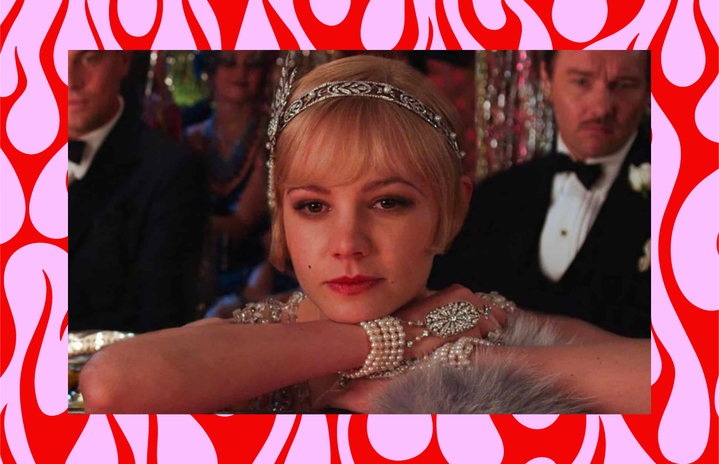The Great Gatsby, arguably one of the most famous American novels, has been studied in classrooms for years. It is the marker of a classic English literature course; teachers bending over backwards to analyze the green light at the end of the dock and students opting to watch the Leonardo DiCaprio film instead of reading a single line. In every lecture, Fitzgerald’s book is chalked up to be simply about the great American dream. However, in one of my courses this semester, we approached The Great Gatsby through a new lens: one of racial passing.
Racial passing, by definition, is when someone of a particular racial group is accepted as a member of another racial group. This theory was expounded upon in an essay for the Harvard Law Review titled “Whiteness as Property” by Cheryl I. Harris. This theory of racial passing in literature most prominently emerged in stories about American slavery, most notably including Clotel: The President’s Daughter by William Wells Brown.
I have never considered the extent of The Great Gatsby’s influence aside from its prominence in American classrooms. In 1945, the originally unpopular story by Fitzgerald was shipped out to American soldiers, gaining its initial reputation during wartime.
One of the primary things we discussed in my class this semester is the assumption that characters, whose race is not directly defined in literature, are automatically assumed to be white. When reading Gatsby through a racial passing lens, we as readers begin to note the key role race plays in the novel.
Gatsby himself is described, quite frequently throughout the novel, as having “a brown, hardening body.” If we take on Gatsby as a character of racial passing who has assumed the identity of a white man, his relationship with Daisy and feud with Tom take a new shape. Tom, at the very start of the book, brings up his own political opinions on interracial marriage, a subject that was much more heavily contested back at the novel’s conception. Under this logic, it is highly possible that Tom hates Gatsby, even before learning of Daisy’s affair, due to his race.
There were also peers in my class who thought Daisy herself might be a passing figure. Her skin is frequently noted as being powdery and white, as though it were covered in makeup.
While this is only a surface-level introduction to the racial passing interpretation of The Great Gatsby, it is important to consider how reading through constrictive lenses hurts the potential of literature. When thinking about books, especially classics, in a new light that works to include more diverse and meaningful perspectives, we open ourselves up to an entirely new side of literacy.


